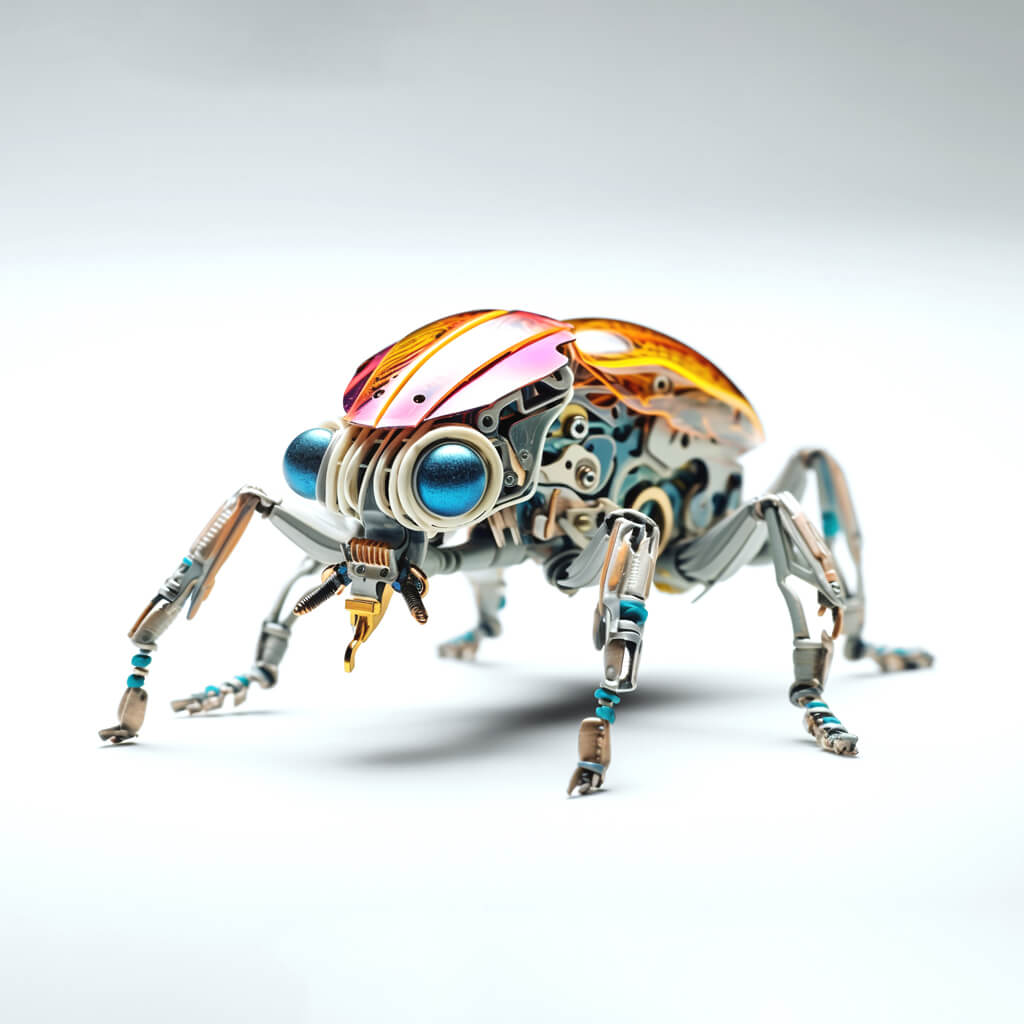The world of robotics is rapidly evolving, with each passing year bringing us closer to a future where machines and humans work alongside each other in perfect harmony. The latest advancements in robotics technology are nothing short of astonishing, with researchers and engineers pushing the boundaries of what we thought was possible. One of the most exciting developments is the creation of more agile and adaptable robots. These machines are designed to navigate complex and dynamic environments with ease, thanks to advanced sensors and sophisticated algorithms. For example, Boston Dynamics’ Atlas robot can now perform backflips and jump over obstacles with precise control, showcasing an incredible level of agility and balance. This opens up a multitude of applications, from search and rescue operations in hazardous environments to assisting in disaster relief efforts.
Another significant advancement is the improvement of robotic manipulation capabilities. Robots are now able to handle delicate objects with greater precision and dexterity, mimicking human hand movements. This has huge implications for industries such as manufacturing and logistics, where robots can now be deployed for intricate tasks previously only manageable by human hands. Additionally, advancements in computer vision and machine learning algorithms enable robots to perceive and interpret their surroundings more effectively. They can now recognize objects with higher accuracy, differentiate between similar items, and even understand complex visual cues, such as hand gestures. This enhances their ability to interact with humans and respond to dynamic environments in real-time.
The field of soft robotics is also making remarkable strides. Soft robots are constructed from flexible materials and are designed to safely interact with humans and fragile objects. Recent progress has been made in developing soft robotic grippers that can handle delicate items, such as fruit or eggs, without causing damage. This technology has applications in agriculture, food handling, and even healthcare, where soft robotics can be used to assist in surgical procedures or provide rehabilitation support.
Furthermore, the collaboration between robotics and artificial intelligence (AI) continues to deepen. AI-powered robots are becoming increasingly autonomous and capable of learning from their surroundings. Machine learning algorithms enable these robots to analyze vast datasets, make informed decisions, and adapt to new situations independently. This partnership between robotics and AI is revolutionizing industries such as healthcare, where robots can assist in diagnosing diseases and planning treatments, and manufacturing, where they can optimize production processes and improve efficiency.
